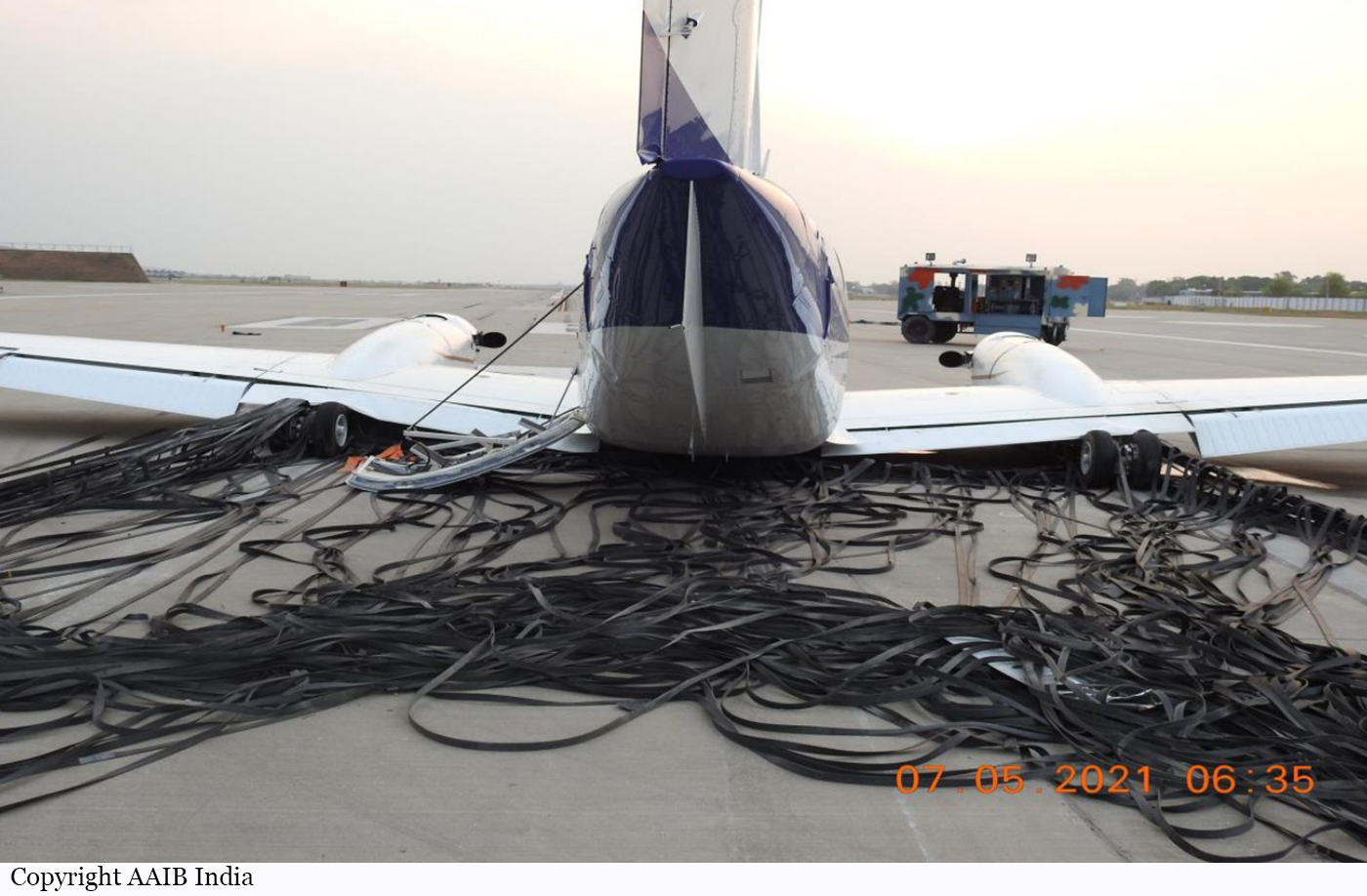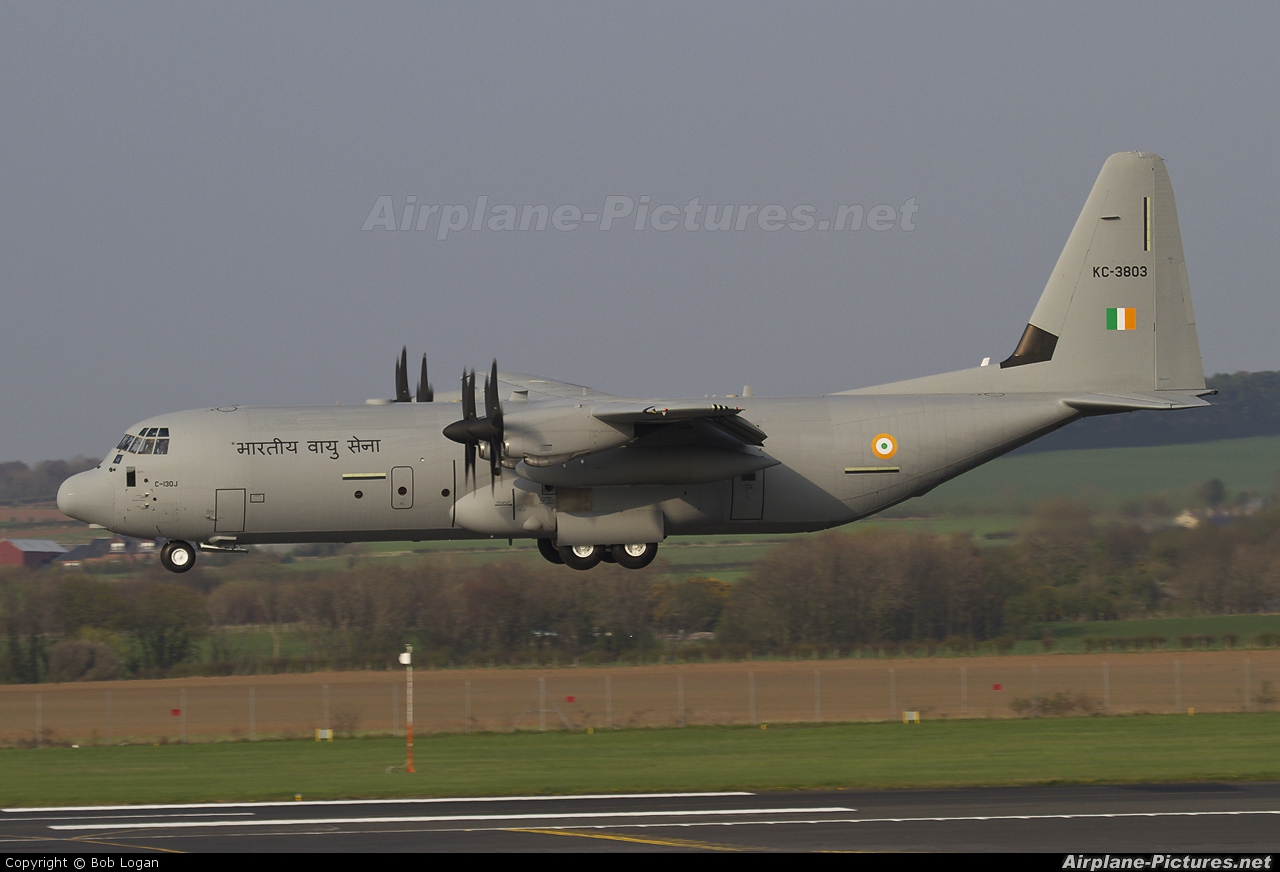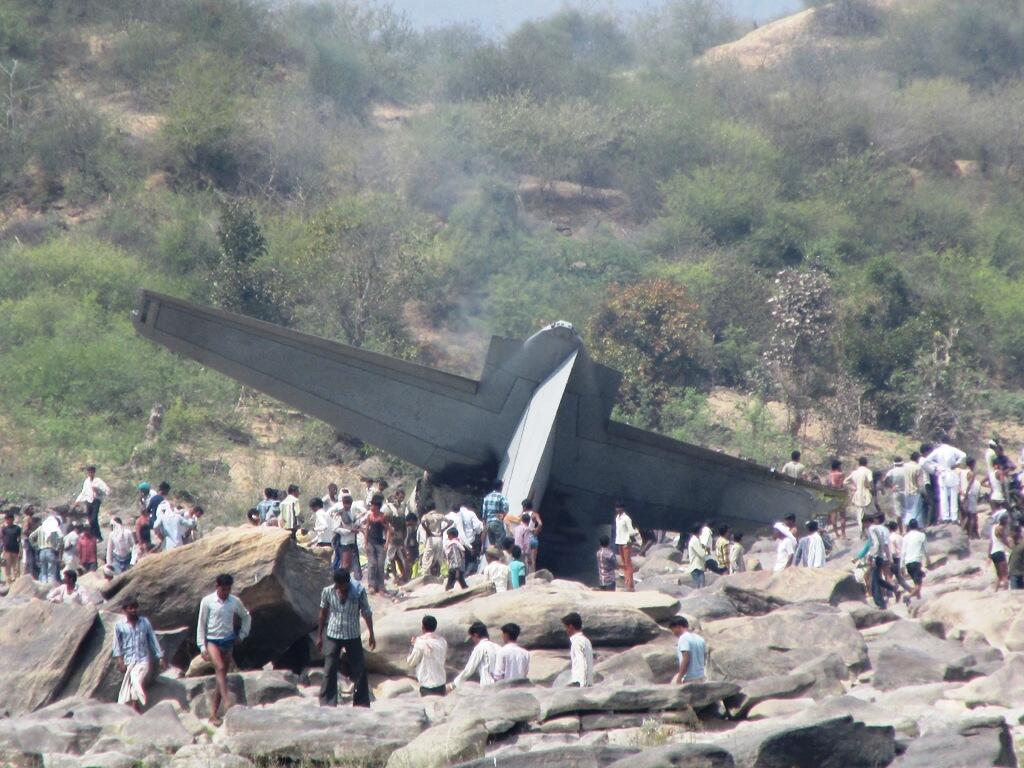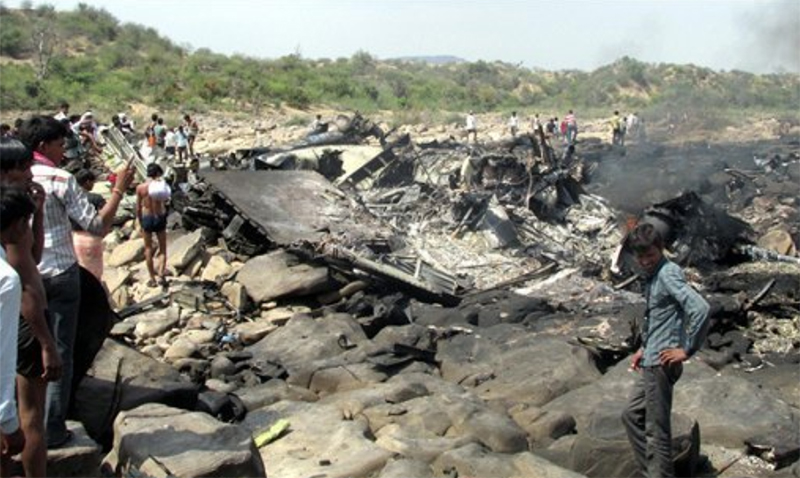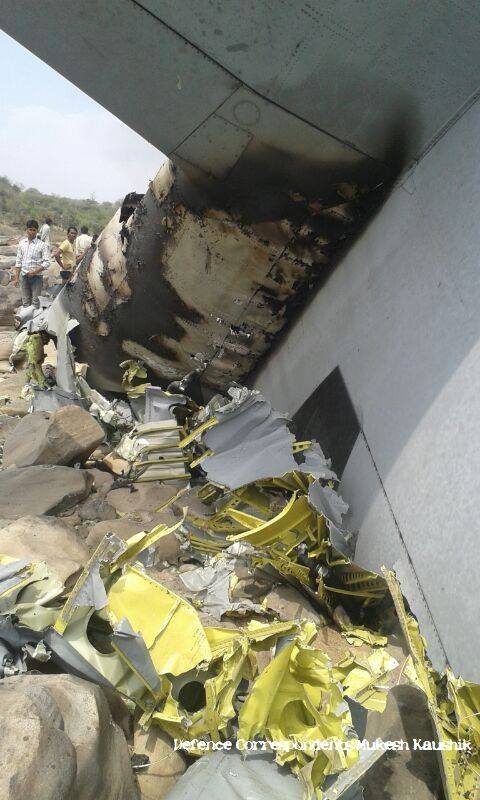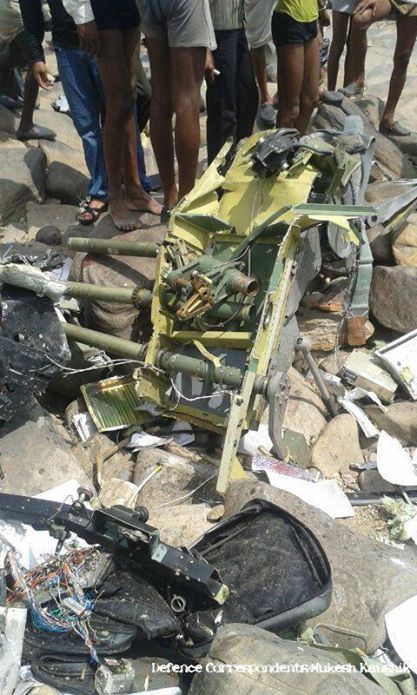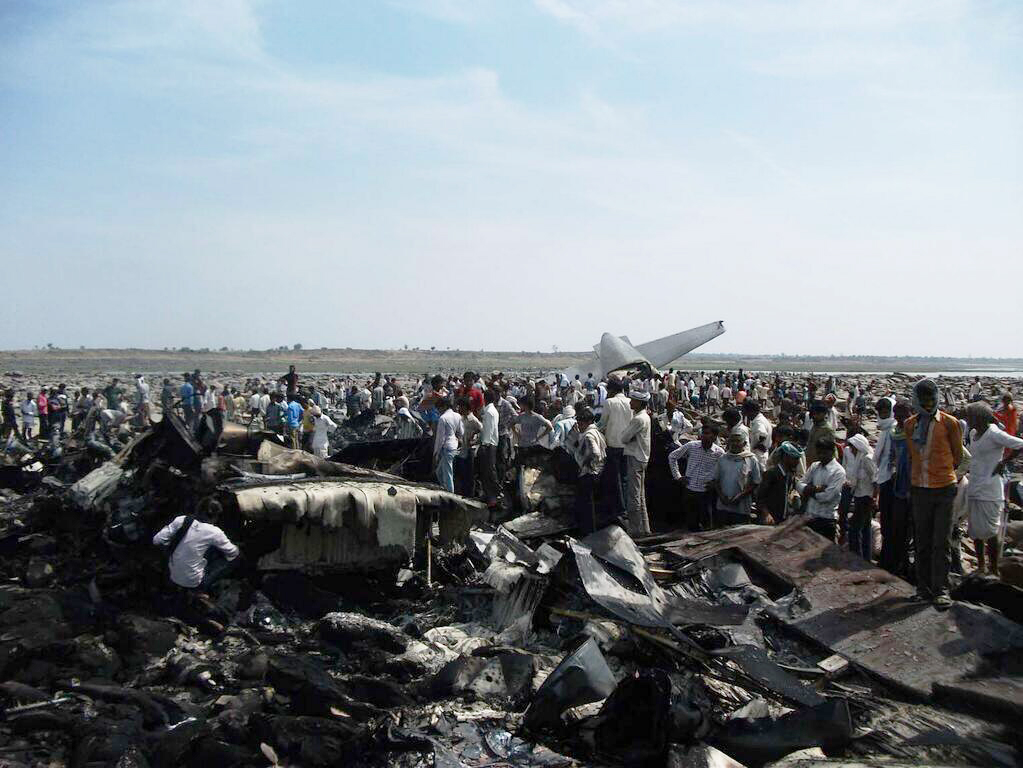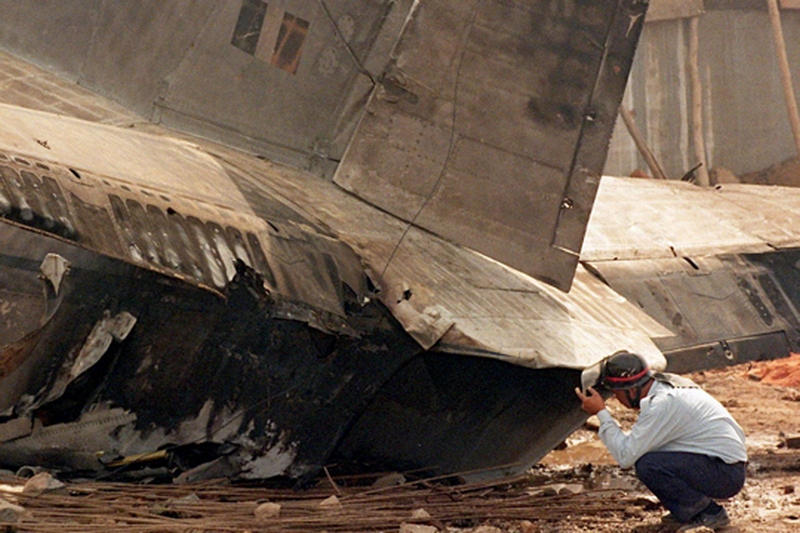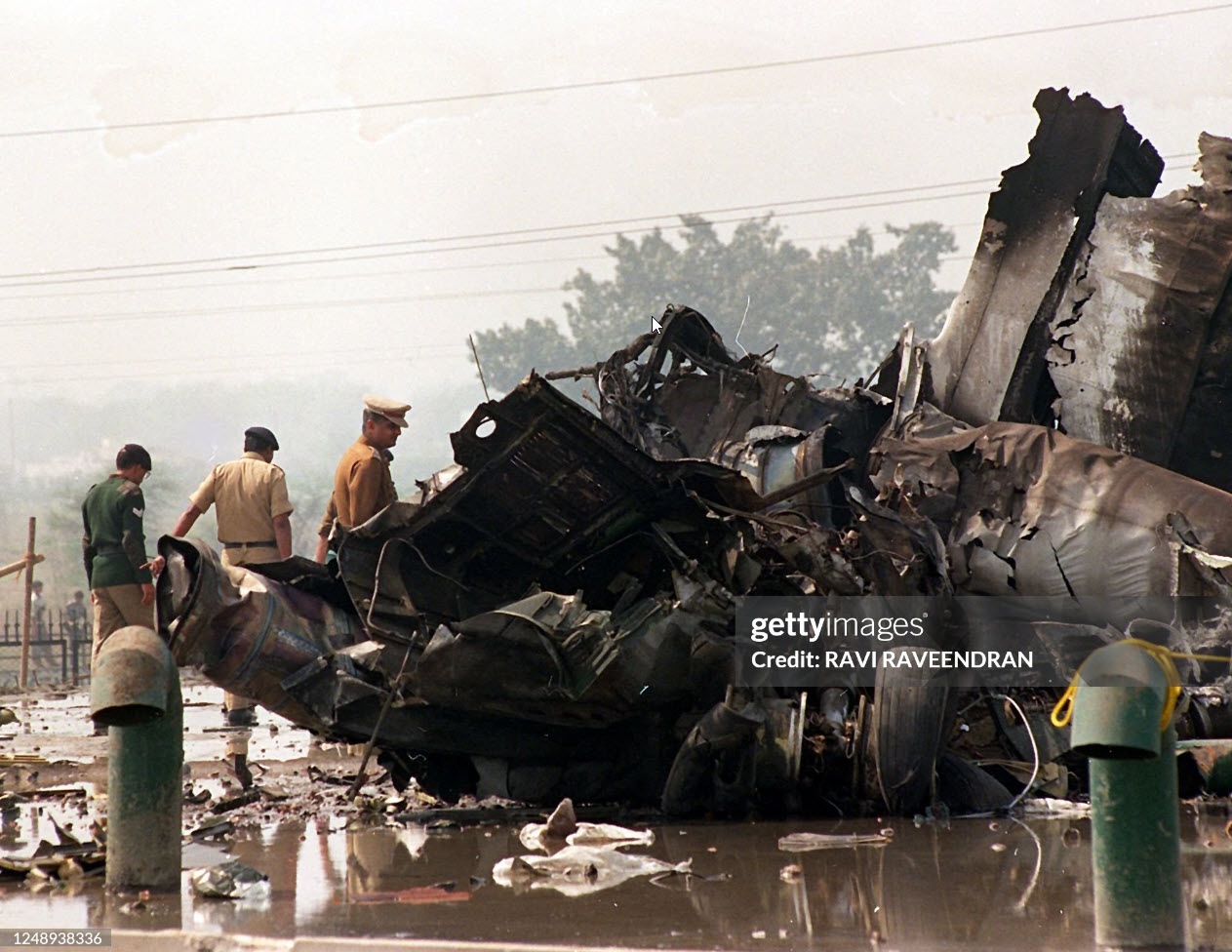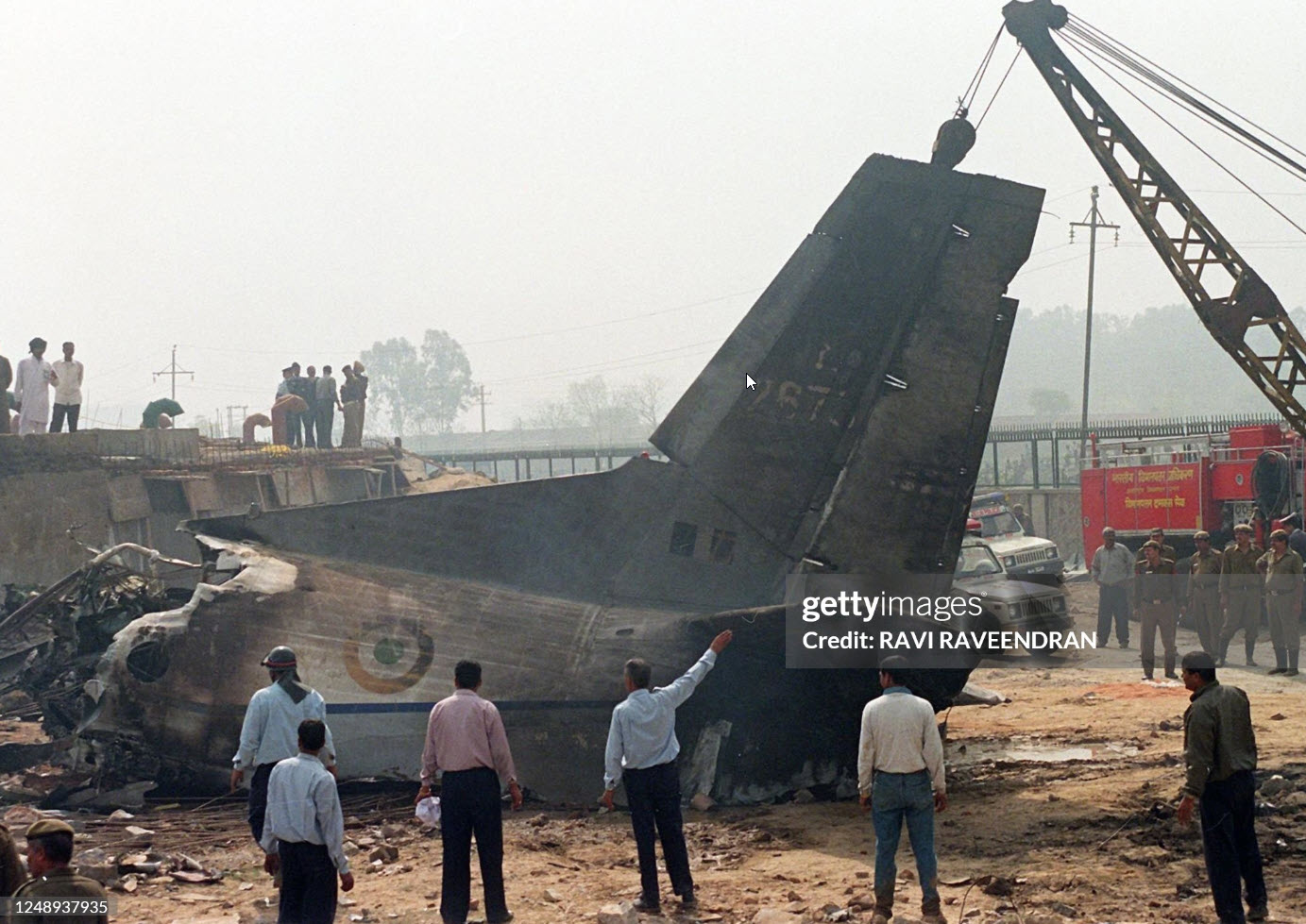Crash of a Beechcraft B250GT Super King Air in Gwalior
Date & Time:
May 6, 2021 at 2115 LT
Registration:
VT-MPQ
Survivors:
Yes
Schedule:
Indore - Gwalior
MSN:
BY-373
YOM:
2020
Crew on board:
2
Crew fatalities:
Pax on board:
1
Pax fatalities:
Other fatalities:
Total fatalities:
0
Captain / Total hours on type:
9362.00
Copilot / Total hours on type:
50
Aircraft flight hours:
49
Circumstances:
Beechcraft Super King Air B200GT aircraft, VT-MPQ belonging to the Directorate of Aviation, Government of Madhya Pradesh (DoA,GoMP) was involved in an accident on 06.05.2021 while operating a flight from Indore Airport to Gwalior. The flight was under the command of an ATPL holder with another CPL holder as Co-Pilot. There was one passenger on board in addition. The flight crew contacted ATC Indore for clearance to operate the flight to Gwalior. The aircraft was cleared for Gwalior via airway W10N and FL270. Aircraft departed from RWY25 at Indore and climbed to FL 270. Aircraft descended into Gwalior in coordination with Delhi and Gwalior. Approaching Gwalior the crew were advised by the ATC that RWY24L was in use. ATC then asked the crew if they would like to carry out a VOR approach for the opposite RWY 06R. The crew requested for a visual approach for RWY 06R in the night time and were cleared to descend 2700 ft and called field in sight at 25 NM. Crew then requested for right base RWY 06R and were cleared to circuit altitude. Crew called turning right base with field visual and were cleared to land which the crew acknowledged. Just before landing the aircraft and short of the threshold, the main gear collided with the raised arrester barrier and came to a halt on the Runway 06R just beyond the threshold markings at 1515 UTC. The aircraft was substantially damaged, however there was no post impact fire. The 2 crew and 1 passenger received minor to serious injuries.
Probable cause:
The PIC (PF) carrying out a visual approach at night and knowingly deviated below the visual approach path profile (3°) while disregarding the PAPI indications, thereby the aircraft collided with the raised Arrester Barrier. Lack of assertiveness on the part of the copilot (PM).
The following contributing factors were identified:
- Non-Compliance to the SOP of “Change of Runway Checklist” by the ATC staff leading to the 'Arrester Barrier' remaining in a 'Raised Position' while the aircraft (VT-MPQ) came in for landing on runway 06R.
- Non-essential conversation by the flight crew during the final approach for landing causing distraction leading to a delayed sighting of the raised Arrester Barrier.
- Systemic failure at various levels at the Gwalior Air Force Base to ensure that the 'Arrester Barrier Position Indicator Lights and Integral Panel Lights' were not rectified in a stipulated time period.
- A robust alternate procedure was not defined when the 'Arrester Barrier Position Indicator Lights and Integral Panel Lights' were unserviceable.
- The Gwalior Airforce Base authorities did not install 'Red Obstacle Lights' on the Arrester Barrier Poles to indicate the position of the obstacle on the date of the accident as per the DGCA requirements (CAR Section 4, Series B, Part 1).
The following contributing factors were identified:
- Non-Compliance to the SOP of “Change of Runway Checklist” by the ATC staff leading to the 'Arrester Barrier' remaining in a 'Raised Position' while the aircraft (VT-MPQ) came in for landing on runway 06R.
- Non-essential conversation by the flight crew during the final approach for landing causing distraction leading to a delayed sighting of the raised Arrester Barrier.
- Systemic failure at various levels at the Gwalior Air Force Base to ensure that the 'Arrester Barrier Position Indicator Lights and Integral Panel Lights' were not rectified in a stipulated time period.
- A robust alternate procedure was not defined when the 'Arrester Barrier Position Indicator Lights and Integral Panel Lights' were unserviceable.
- The Gwalior Airforce Base authorities did not install 'Red Obstacle Lights' on the Arrester Barrier Poles to indicate the position of the obstacle on the date of the accident as per the DGCA requirements (CAR Section 4, Series B, Part 1).
Final Report:

